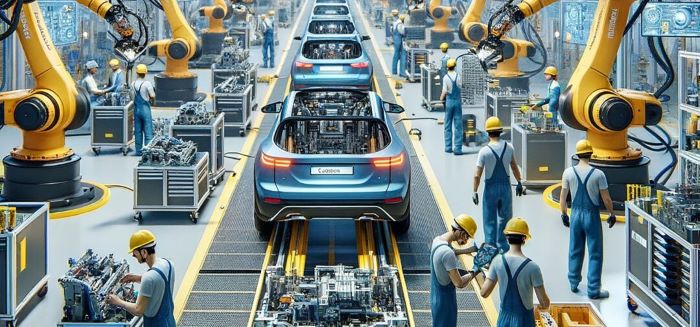(3 Minutes Read)
Employment in manufacturing is also down—from 1.8 million in 2007 to less than 1.6 million in 2023. SA’s policy framers appear stuck in an apartheid-era protectionist mindset, with tariff barriers holding favored industries such as automotive manufacturing aloft.
The story of SA’s deindustrialization over the last 50 years is alarming, and reversing it should be a priority for our lawmakers. The manufacturing’s contribution to GDP has halved from a peak of 25% in the 1980s to under 13%.
Employment in manufacturing is also down – from 1.8 million in 2007 to less than 1.6 million in 2023. SA’s policy framers appear stuck in an apartheid-era protectionist mindset, with favored industries such as automotive manufacturing held aloft by tariff barriers.
Other sectors struggle to compete internationally because of the unavoidable costs of doing business in SA, such as BEE and rapidly increasing energy and logistics costs.
The reason for this is low levels of entry into exporting and declining firm survival rates. In 2015, some 42 000 firms exported manufactured goods. In 2022, the figure was under 36 000.
Read Also:
https://trendsnafrica.com/south-africa-reopens-key-border-crossing-with-mozambique/
Another factor is manufacturing’s dependence for survival on the mining sector, which has itself been in decline since the 1980s. The quality of SA’s infrastructure has been another stake in the heart of manufacturing, with Eskom unable to meet energy demands, while Transnet’s diminished rail capacity is reckoned to have cost the economy R150 billion a year. That’s pushed freight onto roads and raised the logistics costs across the economy.





